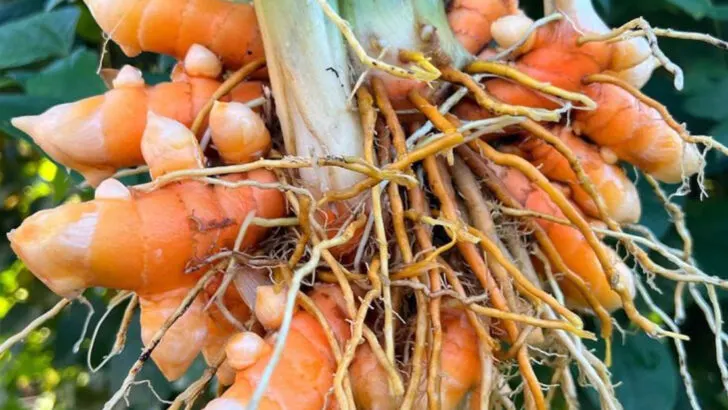Your garden might be hiding a secret stash of natural color—and not just for your eyes. Many common (and some lesser-known) plants hold the power to create rich, beautiful fabric dyes, straight from their petals, leaves, roots, or even bark. If you love the idea of sustainable living, creative projects, or simply want to try something new, these garden-grown dyes offer a stunning and eco-friendly alternative to synthetic colorants.
From deep indigo blues to earthy rusts, golden yellows, and delicate pinks, nature’s palette is broader than most people think. Some of the most vivid dye colors come from plants you may already be growing—like marigold, basil, or even red cabbage. With a bit of basic know-how (and no need for toxic chemicals), you can turn your favorite plants into long-lasting hues for cotton, linen, silk, and even wool.
In this article, you’ll discover 18 plants that not only beautify your garden but also offer natural dye potential that’s perfect for home crafts, upcycled clothing, and creative experiments. Whether you’re into tie-dyeing with kids, natural textile art, or just want to deepen your relationship with what you grow, these plants prove that the garden is not just a feast for the eyes—but for your wardrobe, too.
Marigold
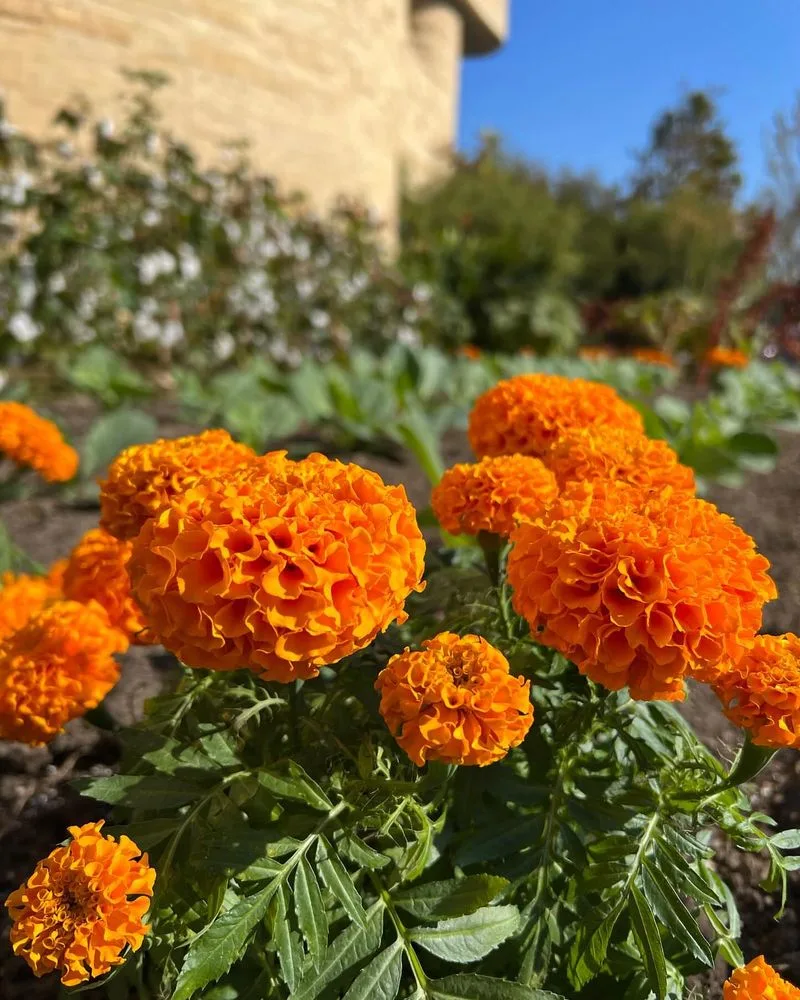
Ever admired the cheerful marigold? Known for its vivid colors, marigolds are more than ornamental delights. Their petals, when brewed, yield a warm, sunny yellow dye perfect for eco-conscious fashionistas. Historically, marigold dyes were a staple in traditional textiles, offering both vibrancy and a touch of nostalgia. With its easy-to-grow nature, this plant is a gardener’s favorite. Imagine crafting a lovely scarf with a hue as bright as an autumn sunset. Adding marigold to your garden means a splash of color both in the flower bed and your wardrobe.
Indigo
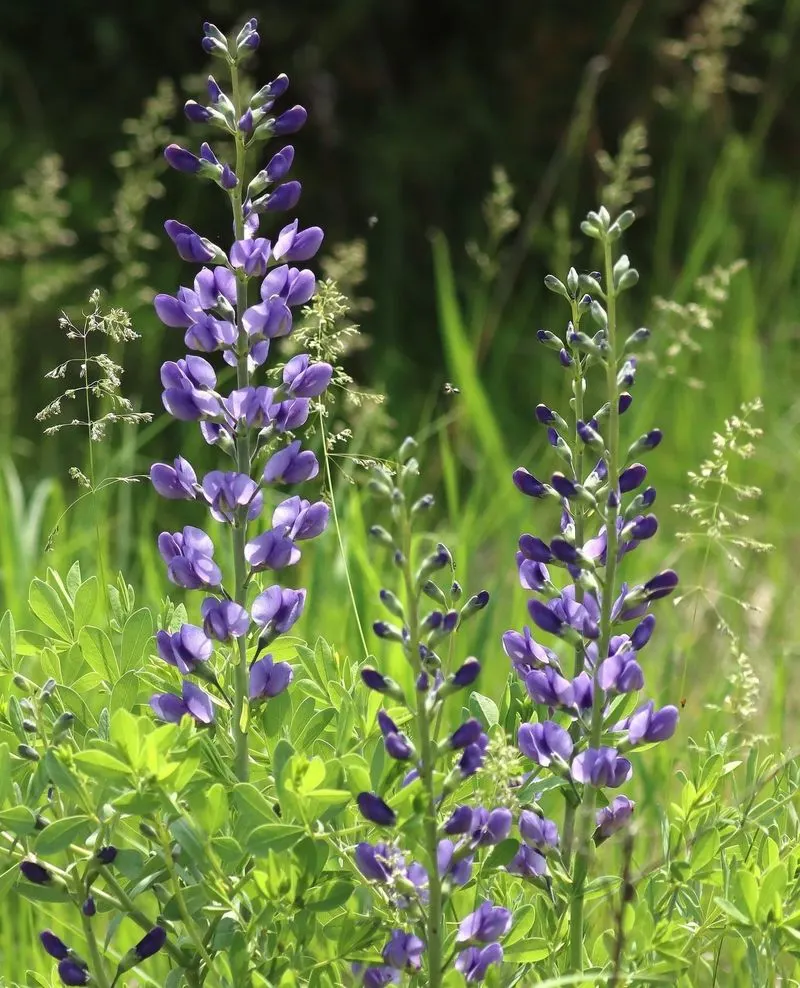
Indigo is legendary for its deep, mesmerizing blue. Historically, it’s been the backbone of many dyeing traditions worldwide. The plant’s leaves, when processed, unlock a spectrum of blues—from soft to bold. Indigo’s dyeing process is a bit of a dance, requiring patience as the green leaves magically transform into that iconic blue. It’s perfect for those who value richness in color and history in their textiles. Whether you’re dyeing denim or delicate silks, indigo promises a timeless allure.
Turmeric
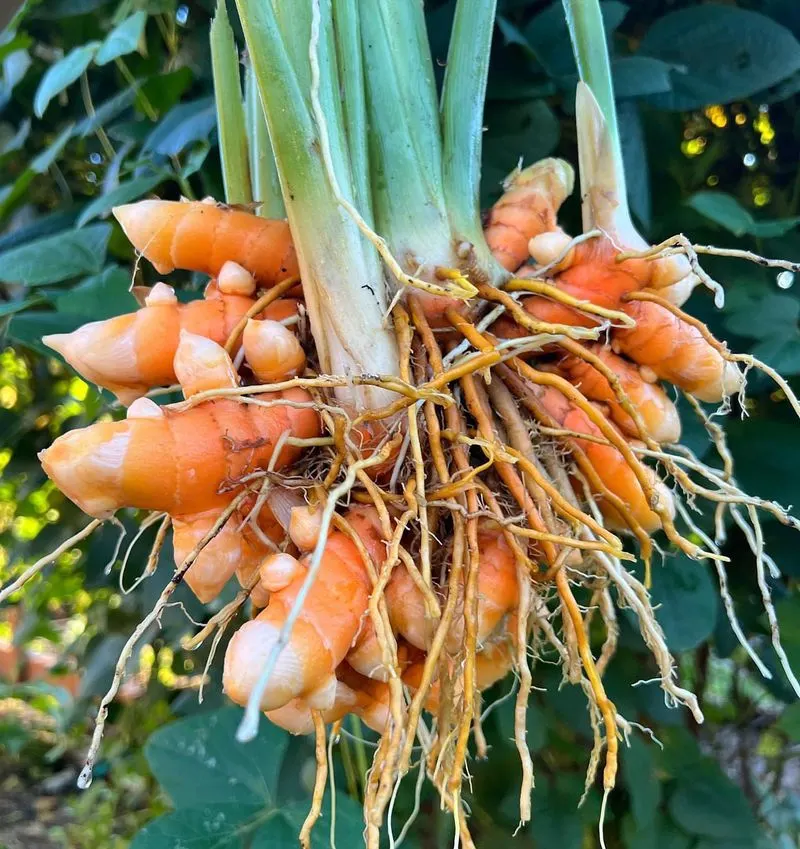
Turmeric is a kitchen staple with a dyeing secret. This root transforms into a brilliant golden-yellow dye, a favorite among textile artists. Known for its earthy scent and historical significance, turmeric has been used in dyes for centuries. Its color is both bold and inviting, ideal for creating statement pieces. Dyeing with turmeric not only enriches fabric but ties you to a legacy of traditional craftsmanship. Consider crafting a tapestry or garment that radiates warmth and vitality with this sunny hue.
Beetroot
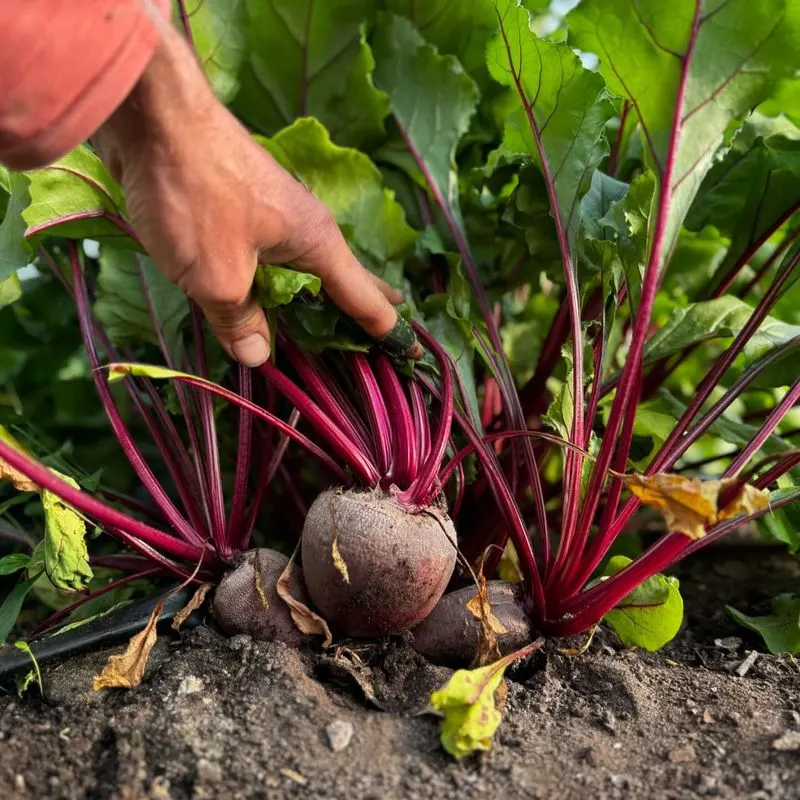
Beetroot isn’t just for the dinner table; it’s a powerhouse of color. Its rich, red juice offers a natural dye perfect for adding a touch of vibrance to any fabric. Known for its earthy appeal, beetroot dye varies from soft pink to deep burgundy. It’s an excellent choice for those looking to explore eco-friendly textile art. A splash of beetroot dye can turn a simple cotton shirt into a statement piece, showcasing your commitment to sustainability.
Onion Skins
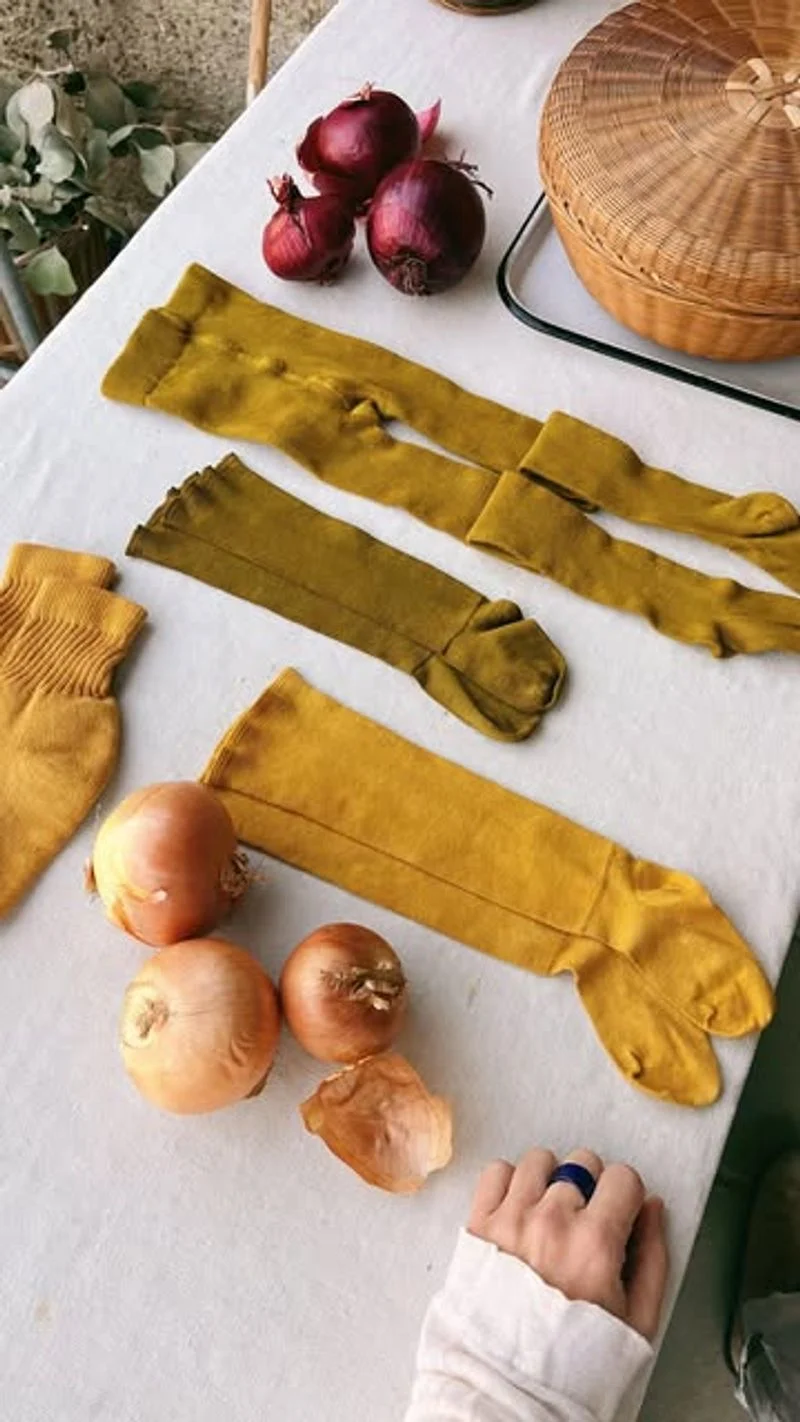
Often discarded, onion skins hold a hidden treasure. These humble kitchen scraps can produce a range of colors from sunny yellows to warm browns. Onion skin dye offers a sustainable approach to fabric art, turning waste into beauty. Such dyes are perfect for subtle, earthy tones in home textiles. Historically, they were used in folk traditions for their accessibility and surprising vibrancy. Next time you peel an onion, consider saving the skins for your next dyeing project.
Hibiscus
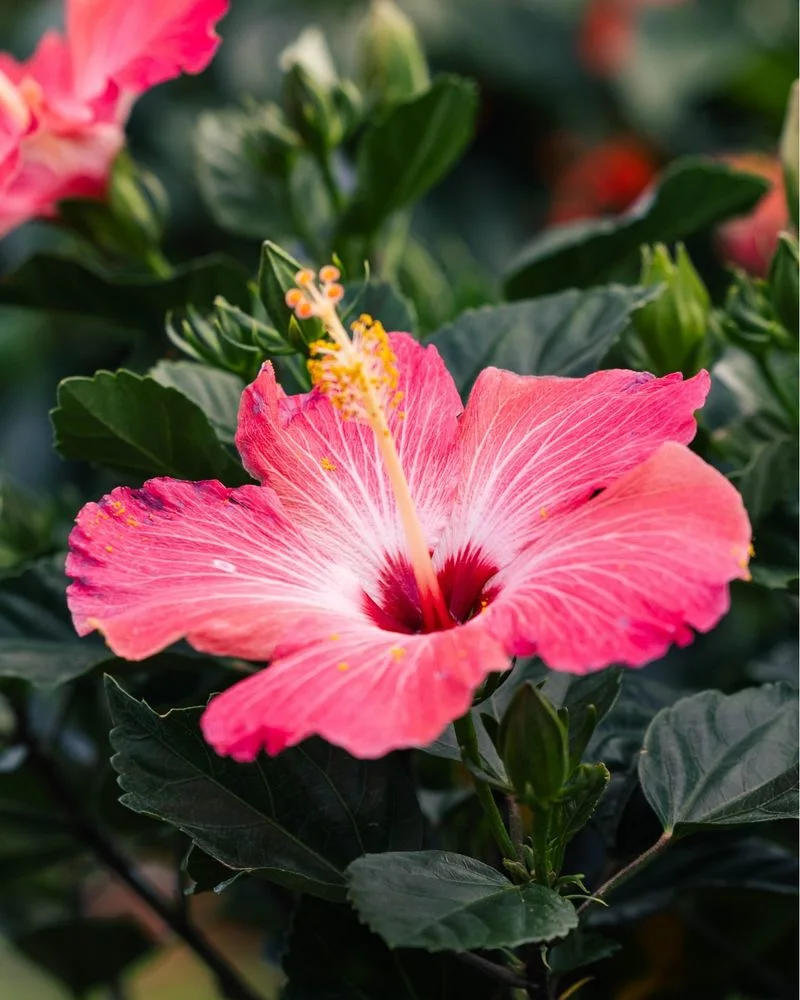
Hibiscus, with its eye-catching blooms, is more than just a pretty face. These flowers create a rich, deep red dye, perfect for bold textile projects. Known for its versatility, hibiscus can shift in shade with different mordants, providing a rainbow of possibilities. Its dyeing capability isn’t just modern; ancient cultures prized hibiscus for both color and medicinal properties. Imagine a tablecloth or dress dyed with hibiscus—vibrant and full of life.
Blackberry
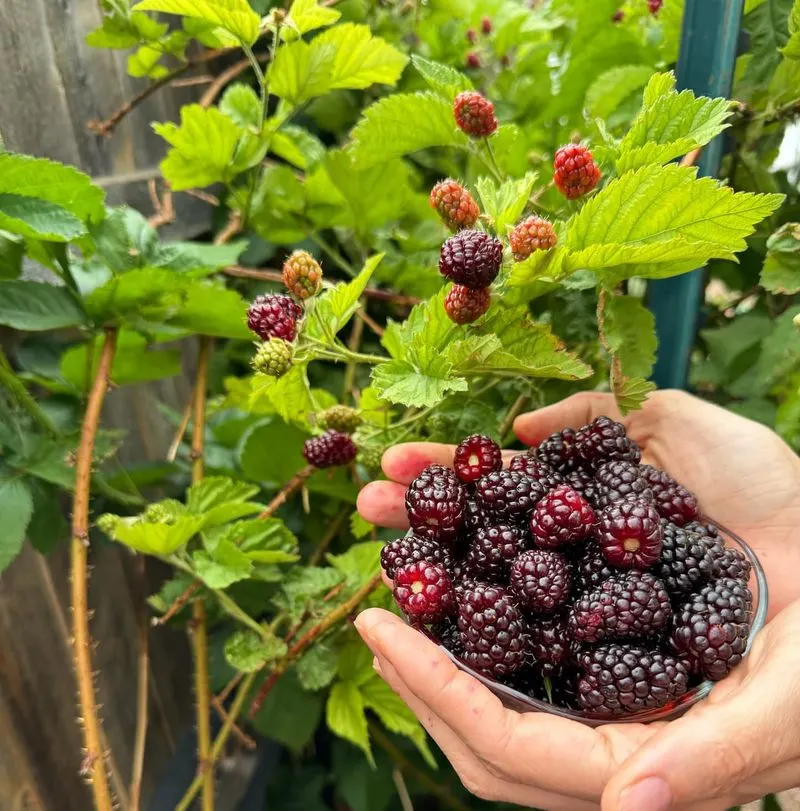
Blackberries are a summer delight, but their staining power goes beyond fingers. The deep, rich hue of blackberry dye mimics the fruit’s luxurious color, ideal for those looking to add depth and richness to fabrics. Historically, blackberry dye was a staple for creating purples and dark blues. Its colorfast nature ensures longevity in textiles. Whether turning old linens into art or crafting a unique garment, blackberry dye promises elegance and charm.
Weld
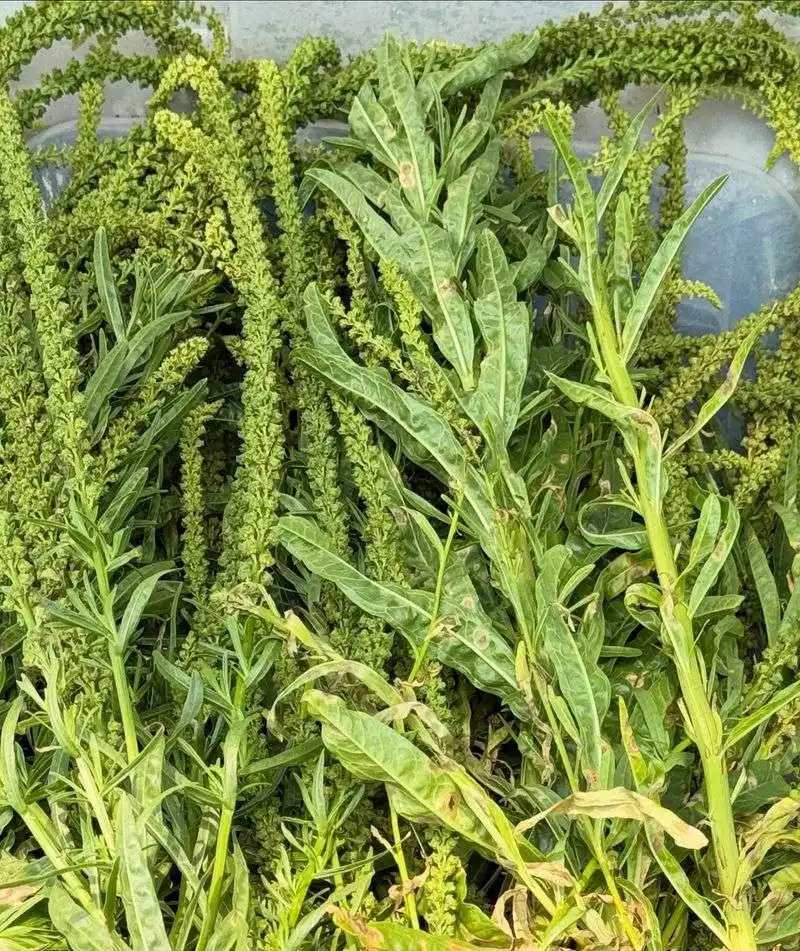
Weld might seem unassuming, but it’s a powerhouse in the dye world. Known for its brilliant yellow hues, weld dye has been revered since ancient times. Its color is lightfast and washfast, making it a favorite for textiles that endure. The plant’s subtle yellow flowers transform into a dye that can illuminate any fabric. Perfect for those seeking a bright, cheerful addition to their collection, weld offers a timeless appeal with its golden tones.
Eucalyptus
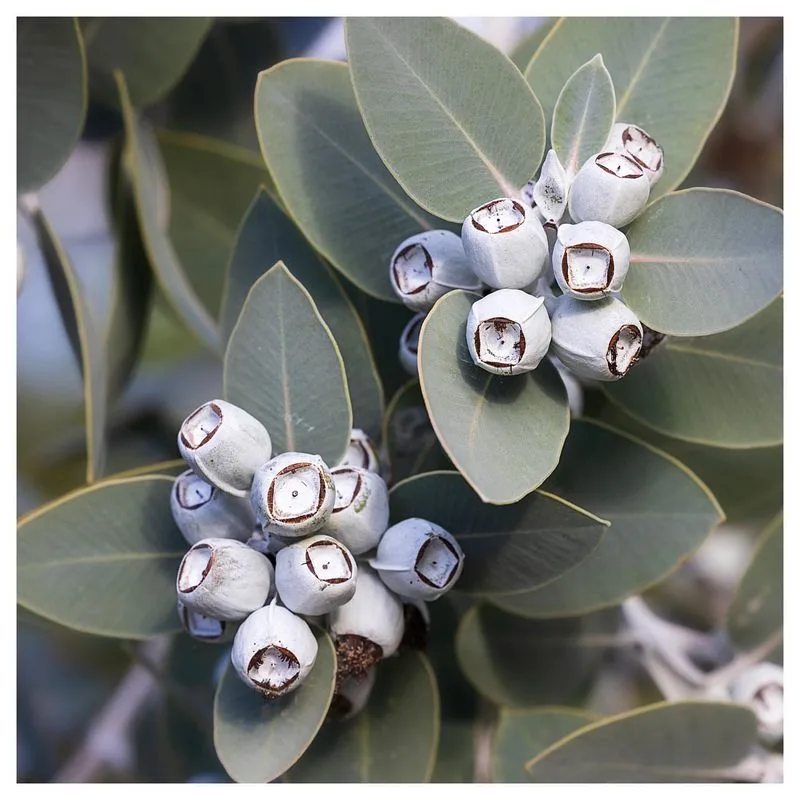
Eucalyptus leaves bring more than refreshing aroma; they offer a dye as unique as their scent. Known for producing a spectrum of colors, from soft pinks to deep reds, eucalyptus is a natural dye enthusiast’s dream. The dyeing process can surprise with its variety, influenced by the leaves’ age and season. Imagine a scarf or pillowcase capturing the essence of the Australian wild, infused with the tree’s vibrant hues. Eucalyptus dye ensures your creations are as captivating as they are eco-friendly.
Madder
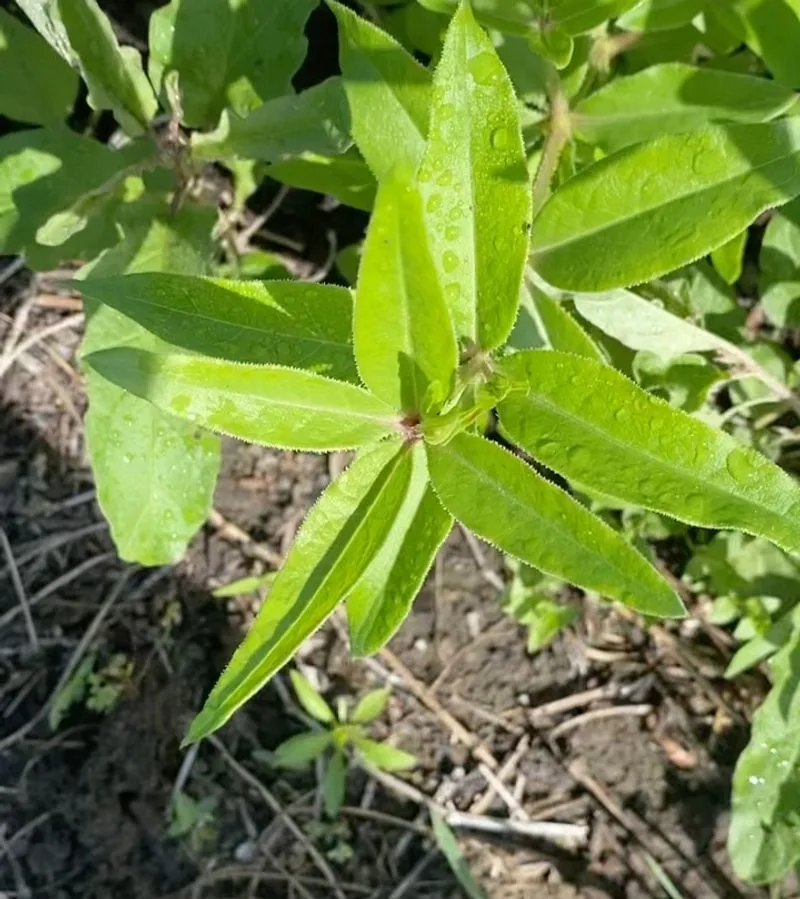
Madder is a dye plant rich in history and color. Its roots produce a stunning red, a shade that has adorned textiles for millennia. Known for its durability and vibrant hue, madder dye is a favorite among natural dyers. The process of extracting color from the roots is as rewarding as the results. Madder’s historical significance adds depth to any textile it touches. Consider using madder to create fabrics that echo the past while embracing sustainable practices.
Cochineal
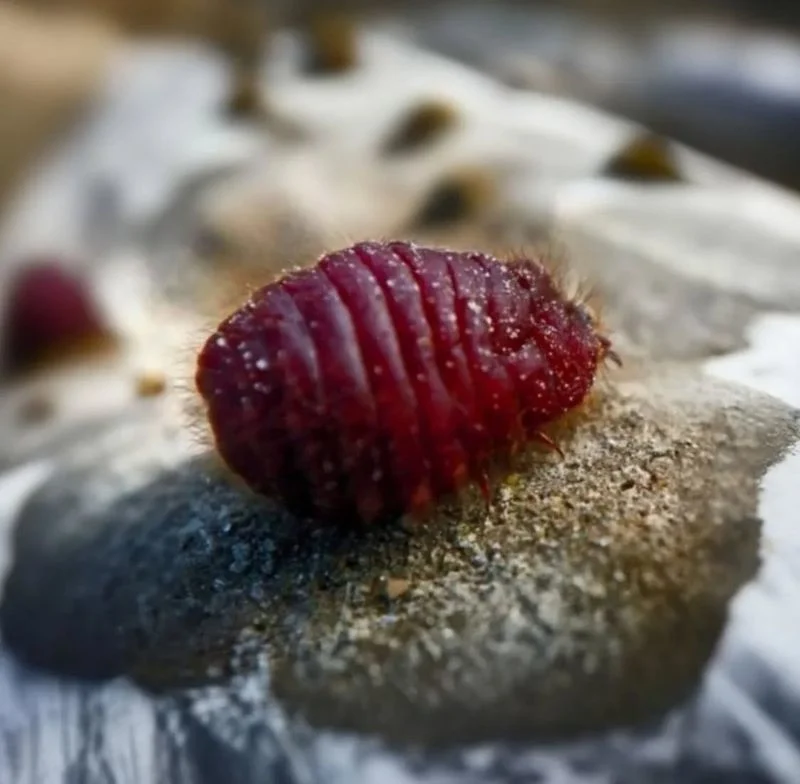
Cochineal might not be a typical garden plant, but it’s a natural dye treasure. These tiny insects, when dried and crushed, produce a vibrant red dye treasured for centuries. Historically, cochineal was a highly prized commodity, known for its unmatched brilliance. This dye offers an intense hue that stands the test of time, perfect for projects that demand attention. From ceremonial robes to modern art textiles, cochineal dyes add a bold statement to any creation.
Dandelion
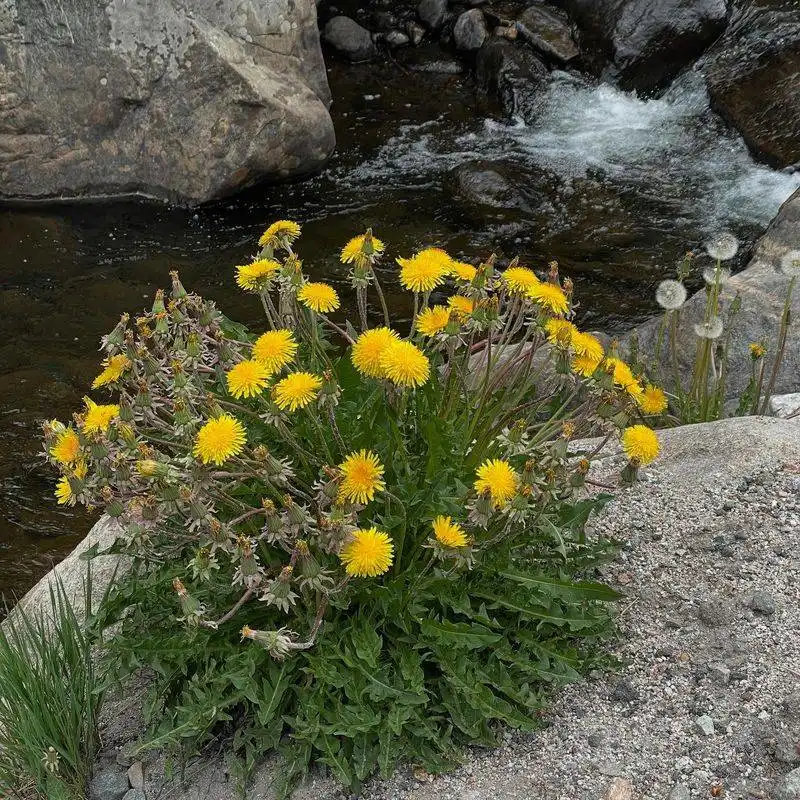
Often seen as a weed, the dandelion is a dyeing gem. Its flowers produce a soft yellow dye, ideal for adding a gentle, sunny touch to textiles. Known for its resilience, the dandelion is easy to grow and harvest. Its dyeing process is straightforward, making it accessible for beginners and seasoned dyers alike. Consider the charm of a dandelion-dyed fabric—simple yet full of character, embodying the spirit of nature’s resilience and beauty.
Goldenrod
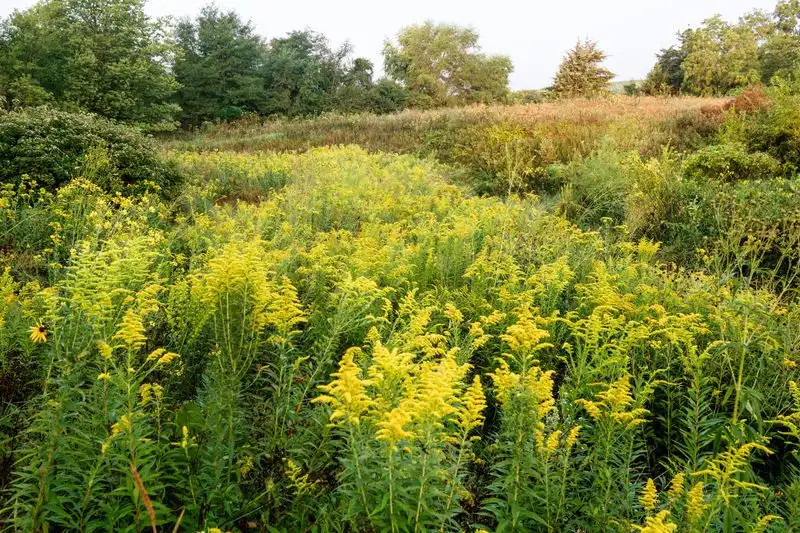
Goldenrod is a beacon of bright yellow, with dyeing potentials that match its vibrant presence. Known for yielding a vivid dye, it has been a staple in natural dyeing traditions. The plant’s flowers produce a glowing yellow, bringing sunshine to any fabric. Its dye is both cheerful and steadfast, perfect for projects that need a splash of joy. Transforming textiles with goldenrod is like capturing a piece of summer’s warmth, infusing creations with its natural brilliance.
Oak Galls
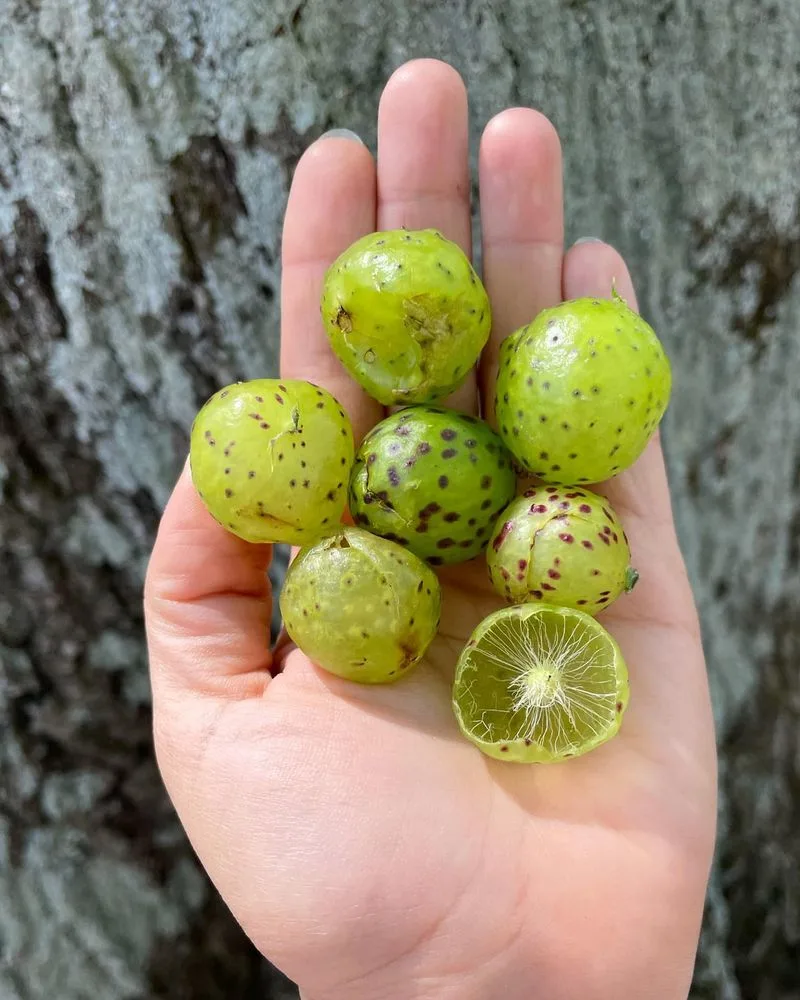
Oak galls are a peculiar creation of nature, but they hold a treasure for dyers. When processed, they offer a rich, earthy brown dye, perfect for grounding textiles in natural tones. Known for their historical use in ink and dye production, oak galls connect modern projects with ancient practices. Their dye is durable and versatile, ideal for creating fabrics that tell a story of nature’s cycles. This dye is perfect for artisans who appreciate the subtlety and depth of earthy colors.
Lavender
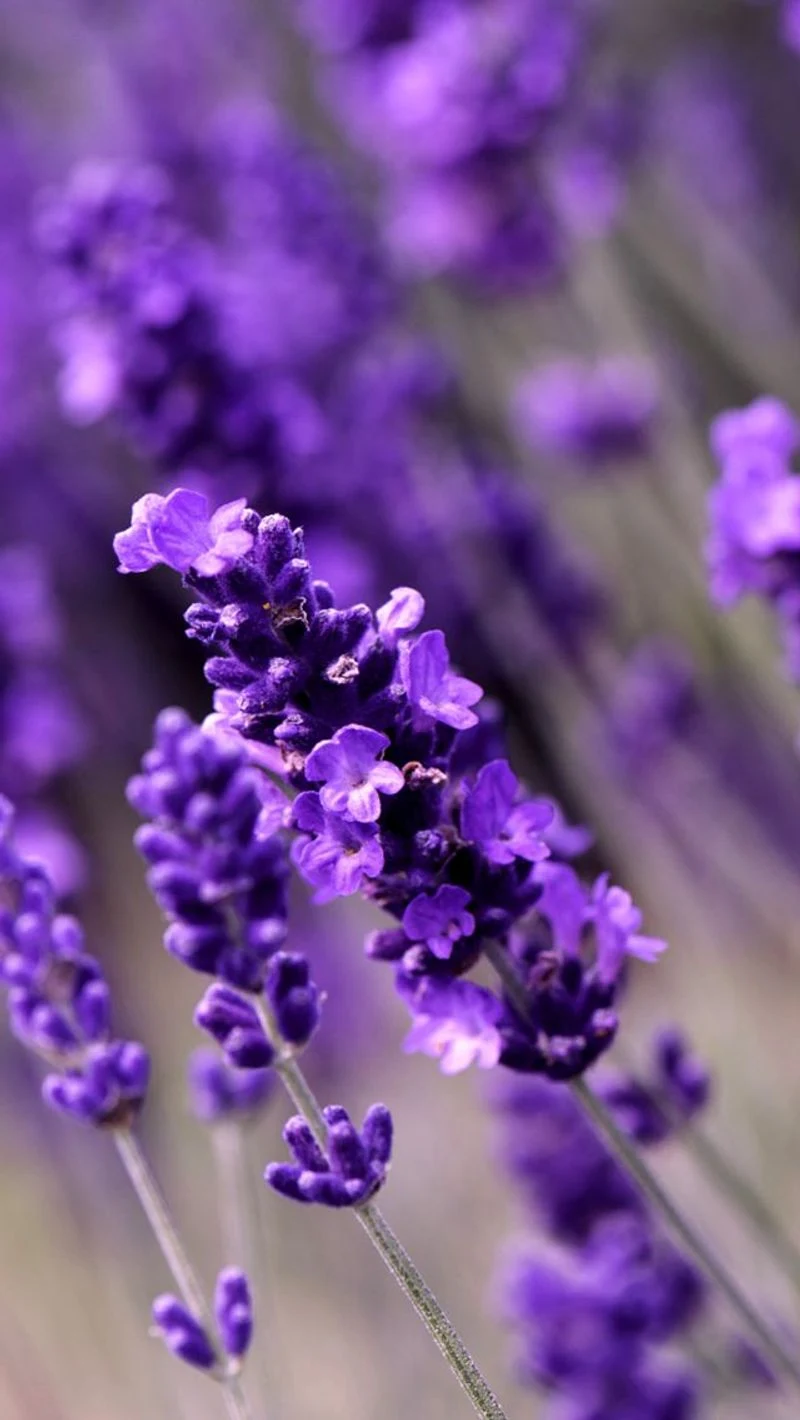
Lavender, renowned for its soothing scent, also provides a gentle dye. Its flowers produce a soft, muted purple, adding elegance to any textile. The dyeing process with lavender is as calming as its aroma, offering a serene experience. Perfect for delicate fabrics and home textiles, lavender dye echoes the tranquility of a blooming field. Consider using lavender to craft pieces that embody peace and sophistication, infusing your creations with its gentle charm.

